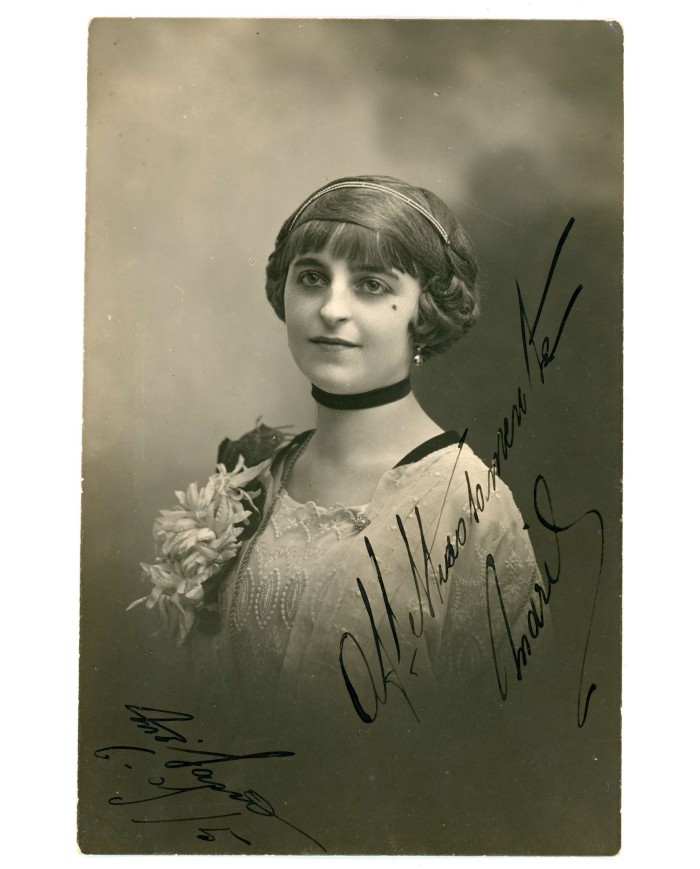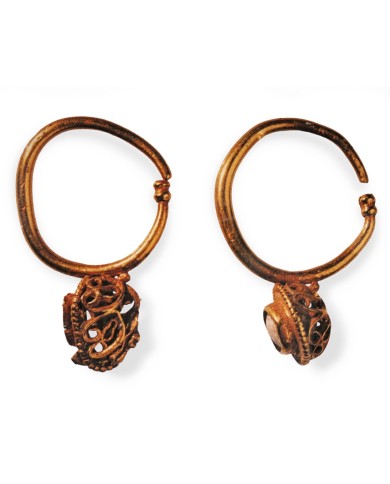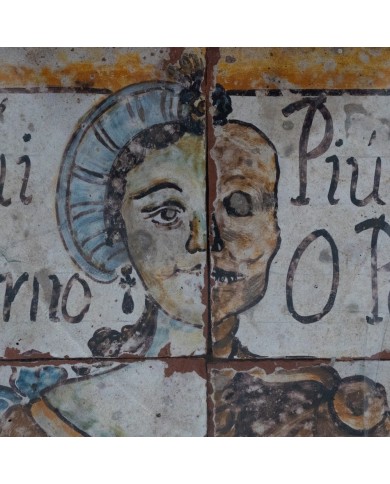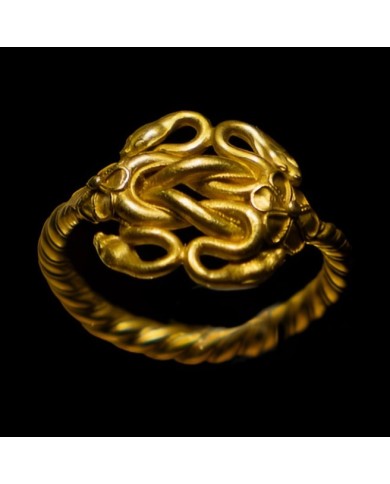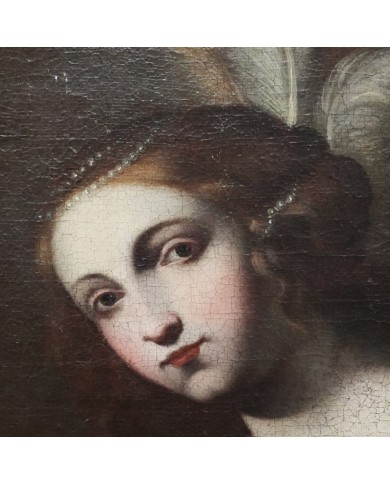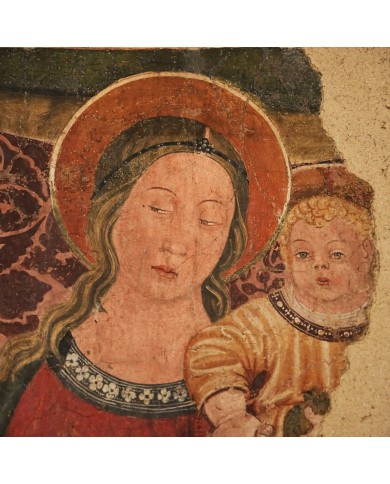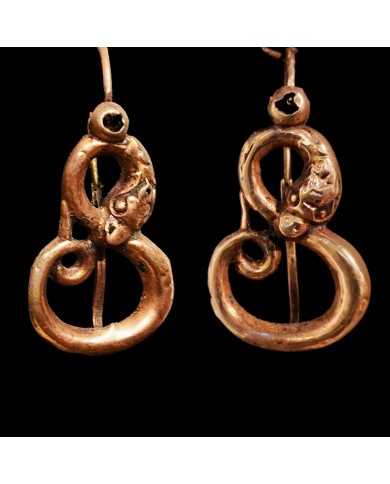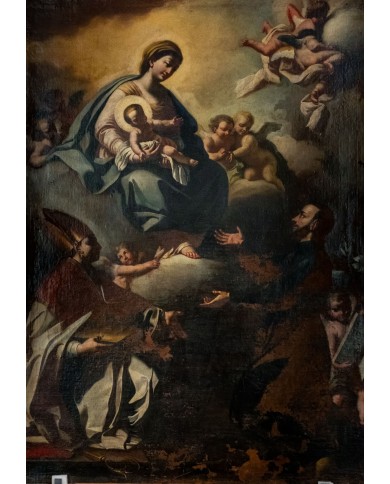The Belle Époque in the jewellery of the Bellosguardo Archive
The Bellosguardo Archive is a pilot project conceived by the photographer Alessandro Imbriaco with the scientific collaboration of the Central Institute for Catalogue and Documentation, the coordination of the Alburni Rehub Association and the patronage of the Municipality of Bellosguardo. It was created with the aim of creating a photographic archive of the Cilento, Vallo di Diano and Alburni National Park that would not only preserve the memory and identity of these places, but also be a tool for territorial promotion and development. The main aim of the project was to digitise the photographs belonging to the families of Bellosguardo, rescuing them from dispersion and oblivion and recognising their historical and documentary value.
The images in the Bellosguardo Archive provide us with evidence of the social and cultural transformation between the late 19th century and the first half of the 20th century where pearls played a distinctive role in women's ornamentation.
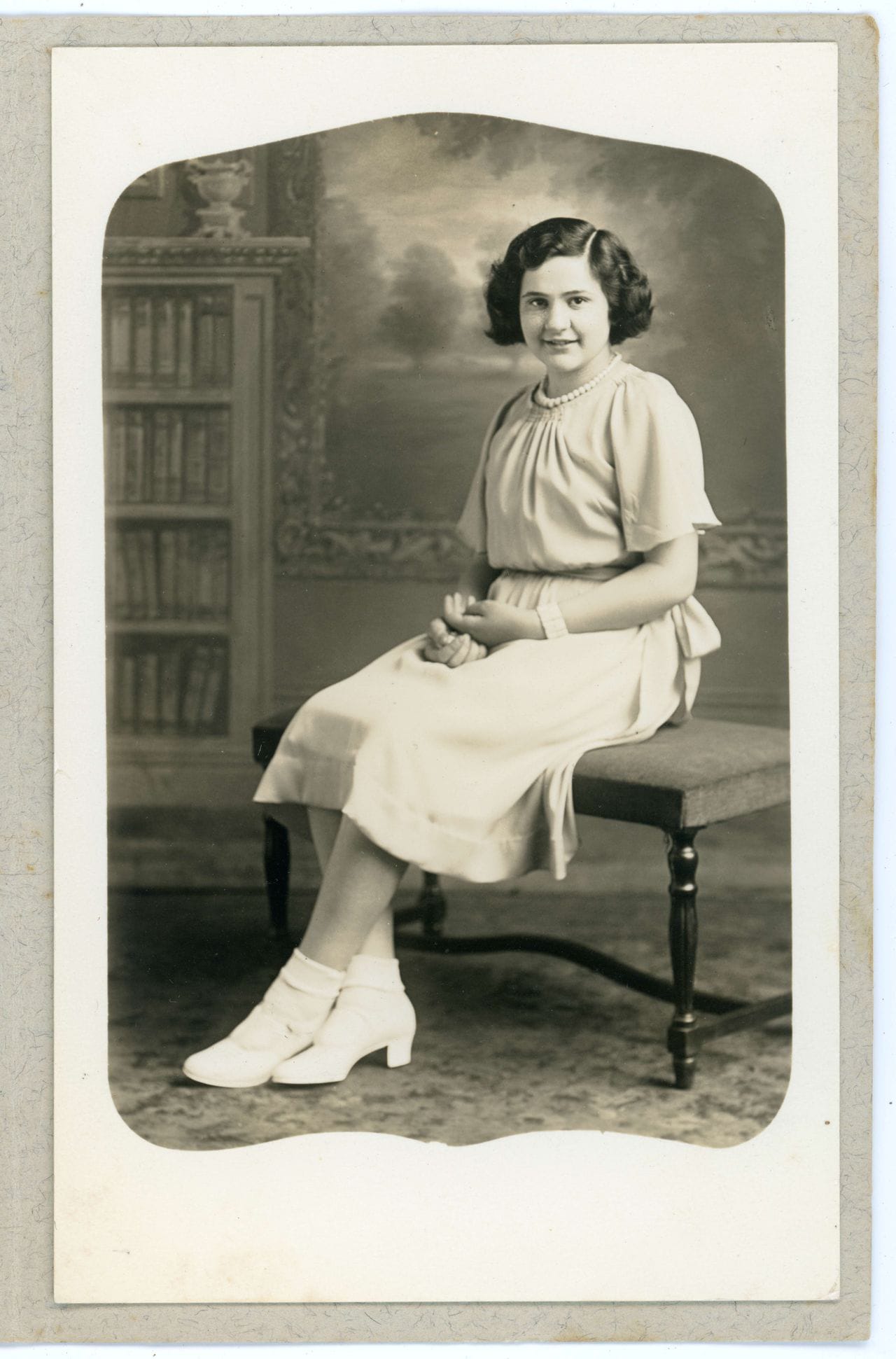
This was also and above all due to the innovations introduced by Kokichi Mikimoto who, in 1893, successfully developed the technique of pearl cultivation, helping to transform the pearl industry: his method consisted of introducing nuclei into the oysters, stimulating the production of more uniform and attractive pearls. This insight had a significant impact on the economic side. The large-scale production of cultured pearls made these jewels more accessible to the public, democratising the luxury of pearls and greatly influencing the market. Pearls, once reserved for the wealthier classes, became a symbol of elegance within the reach of a wider public. The diffusion of cultured pearls was a gradual process: initially Mikimoto faced scepticism and technical challenges in perfecting his technique, but by the end of the 1920s, cultured pearls were well established in the jewellery market, marking a radical change in the times and dynamics of the pearl industry. During the Belle Époque, upper-class women sported intricately woven pearl necklaces, while in the 1920s, flapper elegance was complemented by long strings of pearls that caressed fashionable clothing. Hollywood cinema of the 1930s helped perpetuate the aura of glamour associated with pearls, thanks to icons such as Coco Chanel, who incorporated them into her revolutionary designs. Pearl culture reached its peak in the 1950s, with Audrey Hepburn immortalised wearing a pearl choker in the film Breakfast at Tiffany's. Pearls became a symbol of femininity and sophistication, testimony to an era of change and timeless fashion.
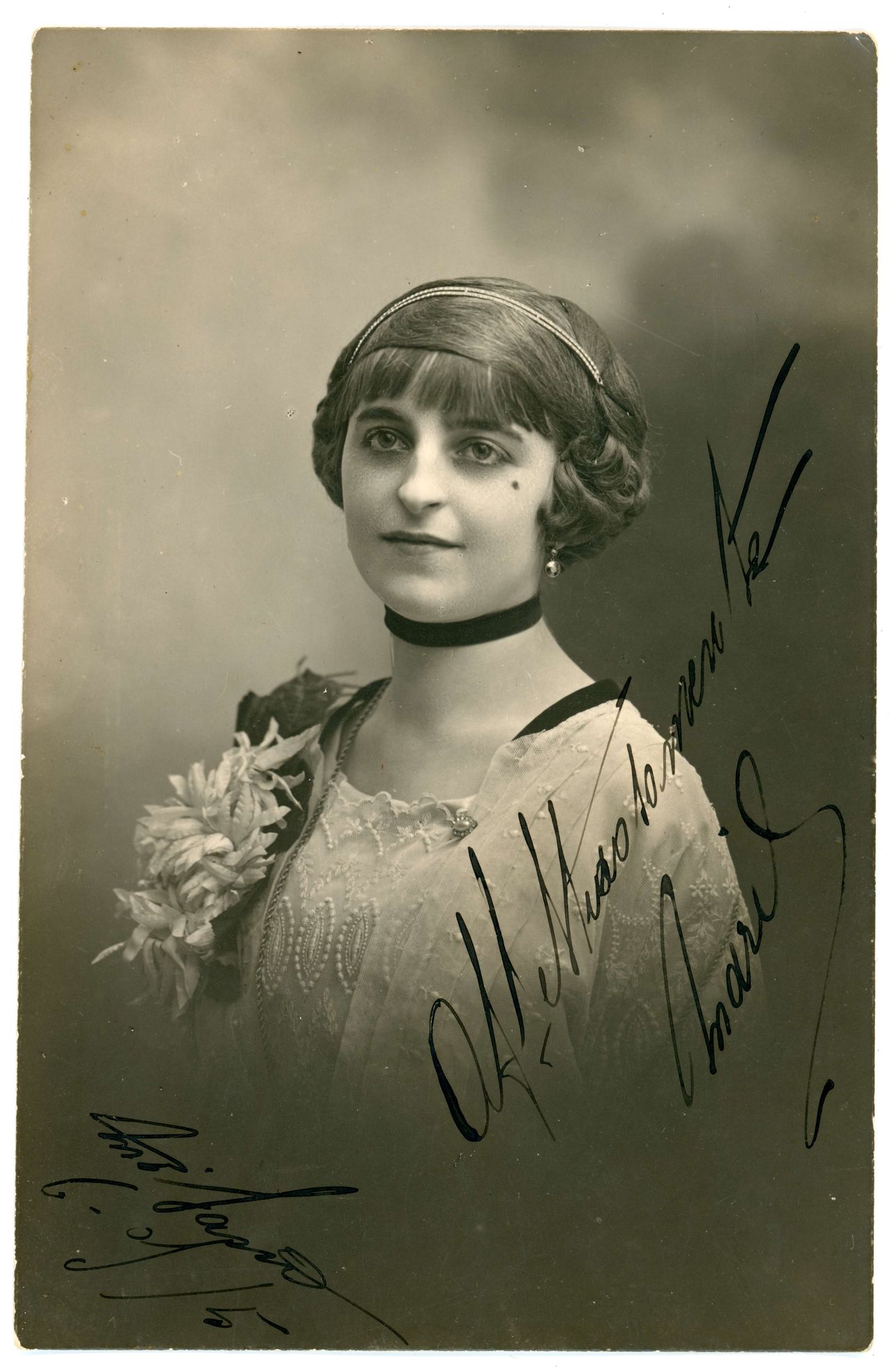
ThevBelle Époque was a period of opulence and carefreeness, in which high society women followed Parisian trends and dressed in lace dresses, floral corsets, hats and precious jewellery. The women were inspired by silent film actresses and fashion magazine models, and sported, as in the woman in the photo, elaborate hairstyles with waves and curls combed and fastened around the head, creating a harmonious frame for the face, here embellished with a bandeau with rhinestones, the faux transparent-looking stone invented by Luxembourgian jeweller Georges Friedrich Strass in the 18th century. This style was very popular among Edwardian women and was also a functional hairstyle as it allowed various hats and headdresses to be worn, indispensable accessories for formal and informal occasions. The make-up of women in line with the trend of the time favoured a fresh and innocent look with the typical smokey eyes by applying khol, a very dark Indian paste, on the eyes. The eyelashes were also darkened and thickened using mascara. On the cheeks talcum powder or rice powder to accentuate the dark effect typical of flapper girls while the lips had to be small and dark, designed in the shape of a heart or Cupid's bow. The woman's dress is made of delicate lace, decorated with floral elements whose intricate motifs are clearly visible. Lace was a highly valued and expensive fabric, symbolising wealth and luxury. The colour of the dress is unclear due to the monochromatic nature and quality of the photo, but it could be white, cream or pastel, typical shades of Edwardian women's clothing. On the left shoulder of the embroidered jacket the woman wears a fabric flower brooch. Also present is another shuttle brooch with a central pearl and a ring of brilliants and a long torchon chain, probably made of gold, which could be the same one present in this further image, of the same woman. Here we glimpse two large dangling earrings with a pearl mounted on the lobe and another large drop pearl mounted on a thin chain. Earrings different from the patchwork model in the previous picture but the same as those in the next image can be better appreciated.
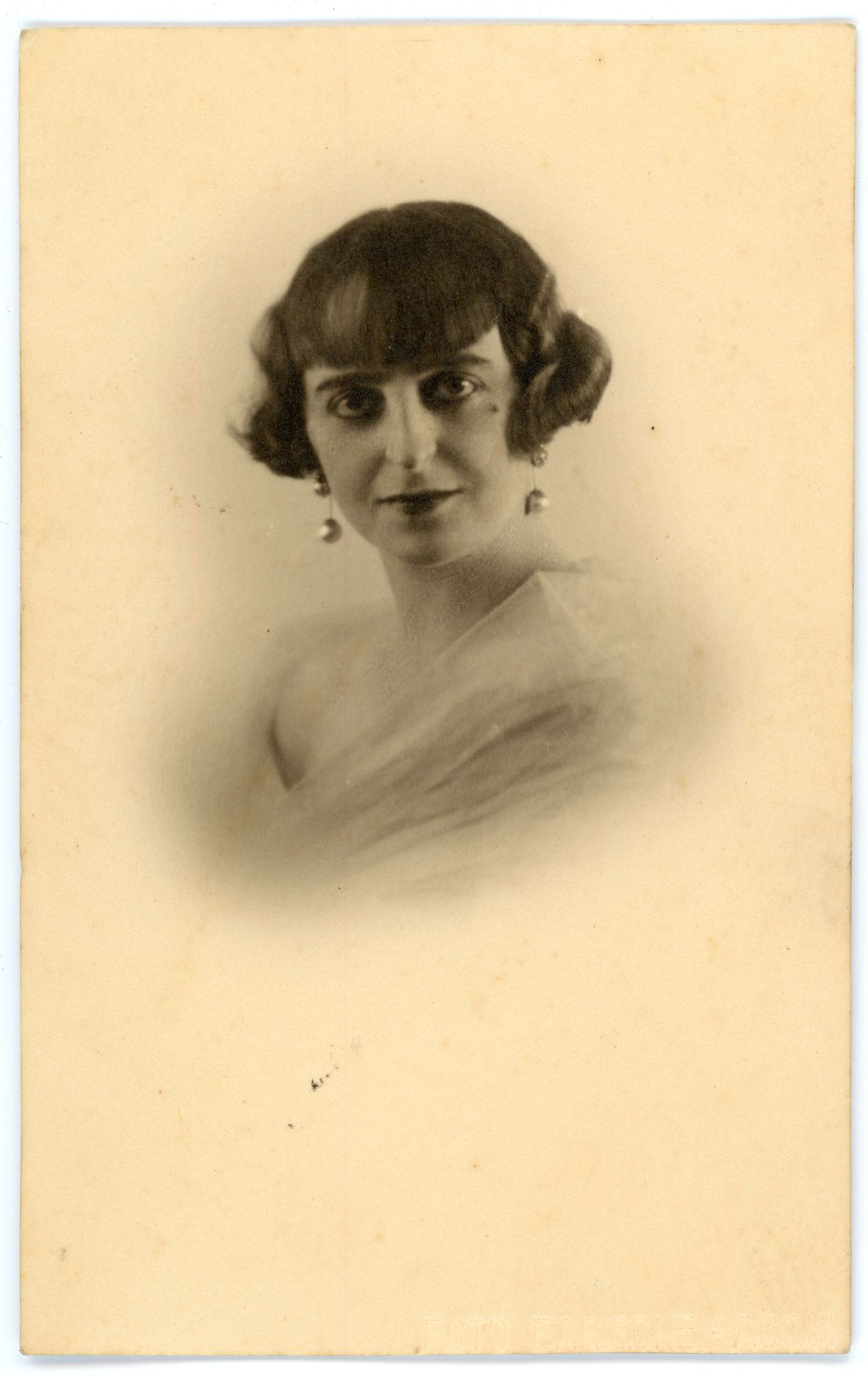
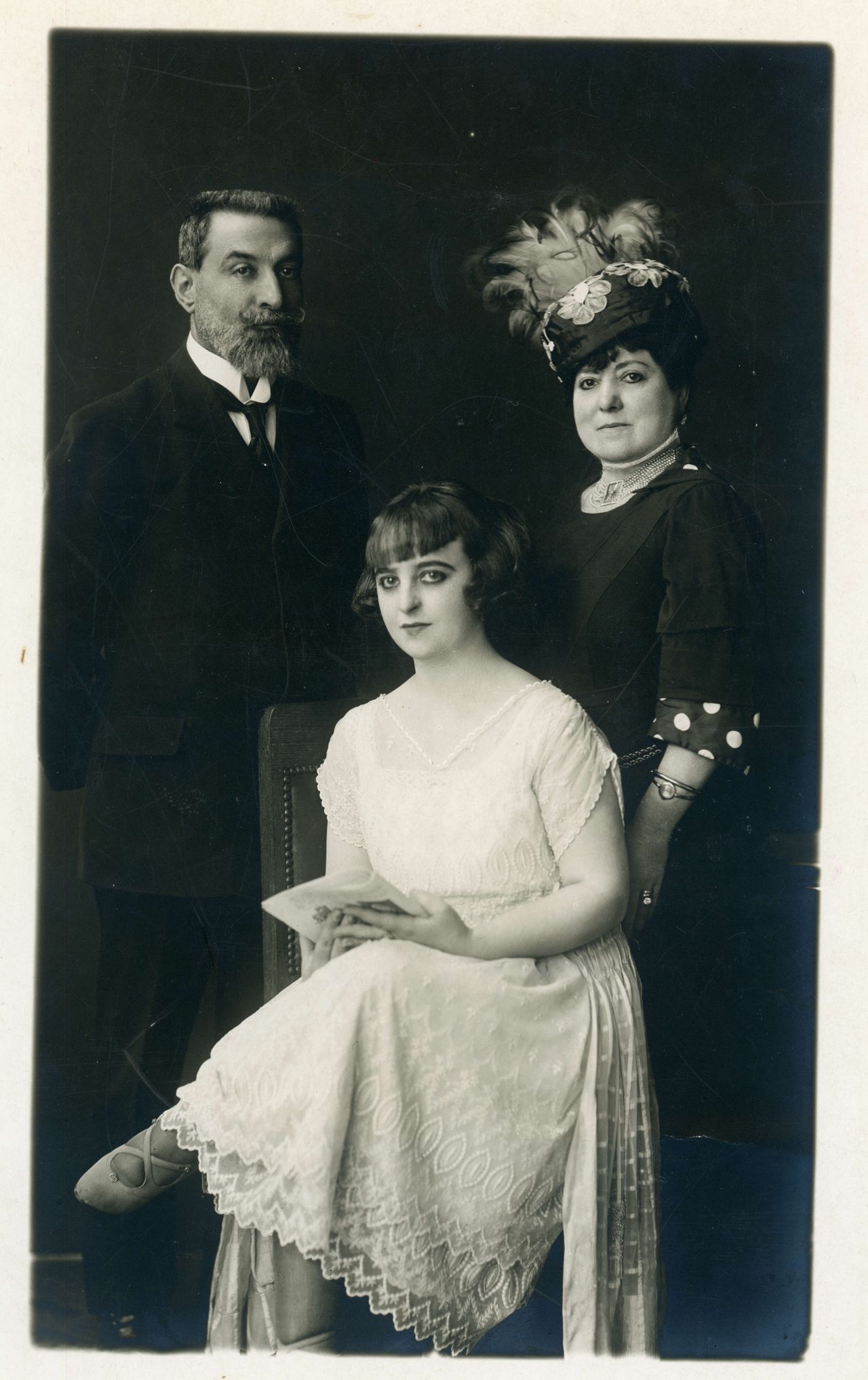
Several images of women with wristwatches appear in the images from the Bellosguardo Archive, including one, the oldest, on which we will focus. In this image the standing noblewoman stands out and we see her wearing a wide-brimmed hat, decorated with feathers, flowers or ribbons, which covers most of her hair and fits the shape of her face. This type of hat was very popular among early 20th century women who wore it to protect themselves from the sun, but also to express their personality and taste. The wide-brimmed hat was in fact considered a symbol of elegance and femininity.
In addition to the hat was a necklace with many strands of pearls mounted in platinum, or in gold or silver, with precious stones, probably diamonds. These gaudy necklaces, long, short or choker-shaped, reflected the style and personality of the wearer, and matched perfectly with the elegant and fashionable clothes of the time. Pearls, a symbol of purity and femininity, were highly prized and could come in various shapes, colours and sizes. Elements in platinum, silver, gold and precious stones added a touch of luxury and brilliance to necklaces, and could be of different types, such as pendants, pendants, medallions, coins, crosses, hearts, stars, flowers, animals and more. Gemstones could be of various colours, such as the red of the ruby, the blue of the sapphire, the green of the emerald, the purple of the amethyst, the yellow of the topaz, the white of the diamond and others.
Elements in platinum, silver, gold and precious stones added a touch of luxury and brilliance to necklaces, and could be of different types, such as pendants, pendants, medallions, coins, crosses, hearts, stars, flowers, animals and more. The precious stones could be of various colours, such as the red of the ruby, the blue of the sapphire, the green of the emerald, the violet of the amethyst, the yellow of the topaz, the white of the diamond, and othersWe still notice three rings on her left ring finger, including one with a diamond or an aquamarine that stands out in the half-light. Also barely noticeable on the man's chest is what is probably the metal or pearl head of a tie pin. Finally, let us look at a detail, the noblewoman's wristwatch, a new object in the millennial history of jewellery, which has its roots in Naples thanks to a woman, Queen Caroline Bonaparte, Napoleon's younger sister and comfortable with Joachim Murat, who between 1808 and 1814 commissioned no fewer than thirty-four watches and clocks from the Swiss master watchmaker Abraham-Louis Breguet. The historical archives of the Maison Breguet in Place Vendome in Paris contain the commission books and, on page 29, we read that on 8 June 1810, the Queen of Naples commissioned two original timepieces: a grand complication carriage watch costing 100 louis (in watchmaking, a complication is anything that does not relate to the time), 'and a repeater bracelet watch, the making of which [was] proposed to her at a cost of 5,000 francs', i.e. the first wristwatch in history, Breguet timepiece no. 2639, a specimen of exceptional refinement and absolutely unprecedented architecture: a repeater timepiece with extraordinarily subtle oval-shaped complications, mounted on a bracelet of hair woven with gold threads. There is a trace of this watch No. 2639 in the repair records of 1849 and 1855, but, to date, nothing more is known about what was the first wristwatch in history.
The Bellosguardo Archive also offers an introduction to the world of cameo coral, an ancient art that originated as a development of glyptics, examples of which can be found in the rings of Roccagloriosa or the Museo Archeologico Provinciale della Lucania Occidentale. 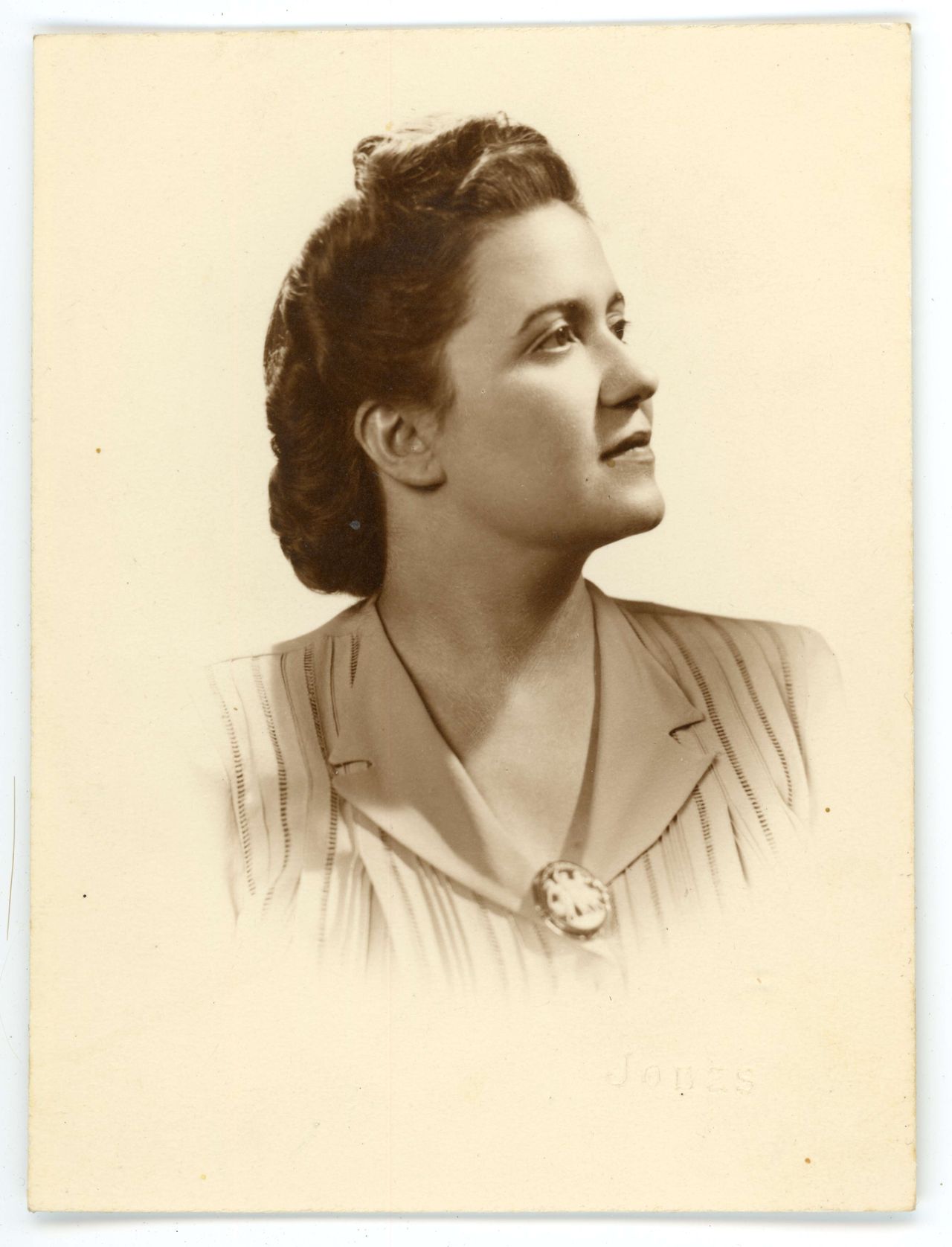
The Bellosguardo Archive also offers an introduction to the world of cameo coral, an ancient art that originated as a development of glyptics, examples of which can be found in the rings of Roccagloriosa or the Museo Archeologico Provinciale della Lucania Occidentale.
Glyptics or gliptica is a word derived from the Greek verb γλύφειν meaning to engrave, to sculpt, and is precisely the art of engraving gems or hard stones, especially rock crystal, amethyst, agate, jasper, carnelian and chalcedony. The technique consists of carving a hollow or relief into the surface of the stone, creating various figures or subjects. Cameo - a name whose origin is uncertain - is a variety of glyptics that is obtained by carving stones or shells in relief in layers of different colours, so as to create a contrast between the background and the figure. Cameos have ancient origins and were widespread in Greek, Roman, Persian and Sasanian art. The most famous cameos are those from the Roman imperial era, depicting historical or mythological figures, such as the Gonzaga Cameo from the Hermitage Museum in St Petersburg, the Farnese Cup kept at the National Archaeological Museum in Naples the famous Augustan Gem in the Kunsthistorisches Museum in Vienna, and the Great Cameo de France, the largest ancient cameo to have come down to us, housed in the Cabinet des Médailles in Paris and probably the work of Dioscurides, one of the great engravers of antiquity along with the Greek Pyrgotele of whom nothing has come down to us.
The coral cameo is a variety of cameo that is obtained by engraving coral, an organic substance produced by certain marine animals. It has different shades of colour, from white to red, and has been used for centuries to create jewellery and ornaments. The history of the coral cameo is intertwined with that of the city of Torre del Greco where, on 27 March 1805, Paolo Bartolomeo Martin, a Marseilles-born Genoese expert in coral working, obtained from King Ferdinand IV the concession to open the first coral working factory, but also exemption from export duties, in exchange for training young apprentices. On closer inspection, the relationship of the city of Torre del Greco with coral predates this, since fishing was already practised, but 1805 undoubtedly represents a turning point that has been consolidated over the years and still remains today, even with the aspiration to have the art of coral engraving inscribed as an intangible heritage of humanity as a legacy of knowledge and skills of universal value.
www.fotografia.iccd.beniculturali.it/archiviobellosguardo
Alba Cappellieri, Gioielli del Novecento. Dall’Art Noveau al design contemporaneo in Europa e negli Stati Uniti, Skira, 2010
Jean Lanllier e Marie-Ann Pini ,Cinque Secoli di Gioielleria in Occident, Hoepli - 1972
Melissa Gabardi, Gioielli. Gli stili e il mercato, Mondadori,1984
Clare Phillips, Gioielli. Breve storia dall'antichità a oggi, Rizzoli, 2003
www.breguet.com/it/cronologia/1801-1823/invention/il-primo-orologio-da-polso-10833
www.comitatopromotoretdg.it
https://www.assocoral.it/musei/museo-del-corallo-e-del-cammeo
https://www.parconazionaledelvesuvio.it/territorio-vesuviano/agricoltura-e-artiginato/lavorazione-artistica-del-corallo-e-del-cammeo/

